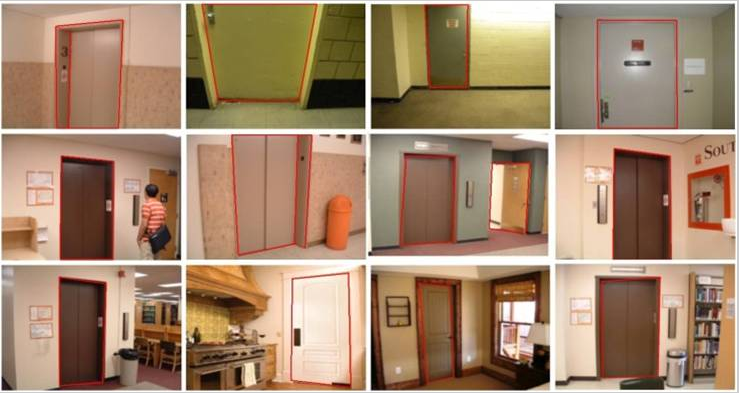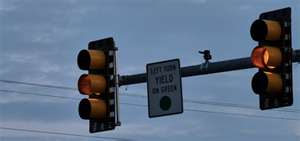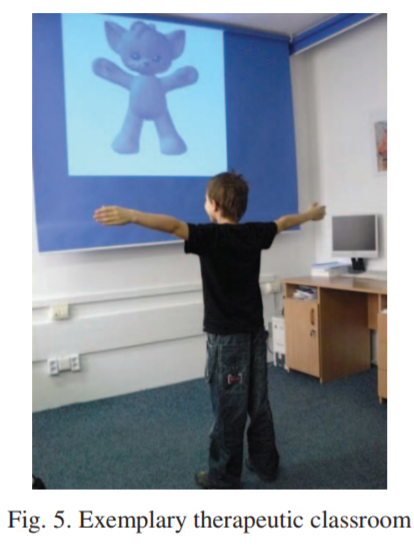|
Project 2: Mobile Imaging ResearchYou are going to propose a Mobile Imaging Application that in some way will ASSIST One of the following groups:
Example: Consider the case of a blind person ---. It is up to you to think of this application (i.e. an app that tells you what is the salt and what is the pepper shaker).Think out of the box --but, make it doable (this is hard).....even if you solve the problem paritally I may be happy ---talk to me.
RANDOM Thoughts......
|



